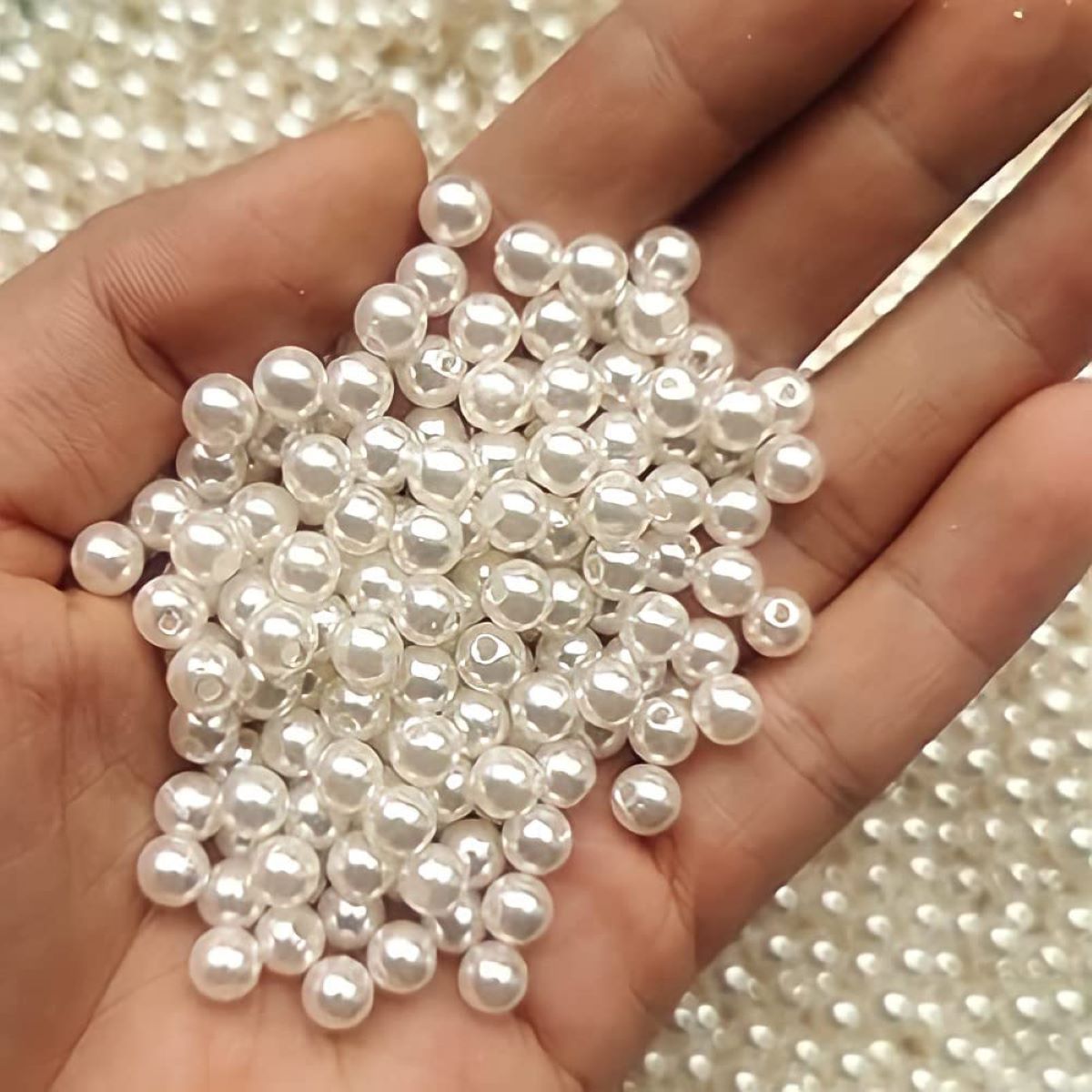

Articles
How To Store Pearls
Modified: December 7, 2023
Learn the proper way to store pearls in this informative article. Keep your precious gems safe and protected with our expert tips and guidance.
(Many of the links in this article redirect to a specific reviewed product. Your purchase of these products through affiliate links helps to generate commission for Storables.com, at no extra cost. Learn more)
Introduction
Pearls have long been cherished for their delicate beauty and timeless elegance. Whether you have inherited a precious pearl necklace, received a stunning pearl bracelet as a gift, or simply want to preserve the beauty of your own pearl jewelry, understanding the importance of proper storage is essential. Just as pearls are formed naturally over time, they also require care and attention to maintain their luster and brilliance.
In this article, we will explore the various aspects of storing pearls, including the different types of pearls, factors that affect their quality, suitable storage conditions, recommended storage options, and essential tips for maintaining the longevity of your pearls.
By following these guidelines, you can ensure that your pearls remain pristine and beautiful for years to come, allowing you to enjoy their exquisite beauty and pass them down through generations as heirlooms.
Key Takeaways:
- Proper storage and care are crucial for preserving the luster and quality of pearls. Understanding the types and quality factors of pearls, creating suitable storage conditions, and choosing the right storage options are essential for maintaining the timeless beauty of these cherished gems.
- Regular cleaning, avoiding exposure to harmful elements, and conducting regular inspections and maintenance are key to ensuring the longevity and allure of pearls. By investing time and effort in proper care, you can protect these treasures and enjoy their exquisite beauty for generations to come.
Read more: How To Store Pearl Necklace
Understanding Pearls: Types of Pearls and Pearl Quality Factors
Pearls come in a variety of types, each with its own unique characteristics and value. Understanding the different types of pearls can help you appreciate their individual beauty and make informed decisions when purchasing or storing them.
Types of Pearls
1. Natural Pearls: These are pearls that occur naturally in oysters and other mollusks. They are formed when an irritant, such as a grain of sand, enters the mollusk’s shell, and the animal secretes layers of nacre around it over time. Natural pearls are extremely rare and highly valued.
2. Cultured Pearls: These pearls are created by intentionally inserting an irritant, such as a bead or piece of tissue, into an oyster or mollusk. The animal then reacts by coating the irritant with layers of nacre. Cultured pearls are the most common type of pearls available today.
3. Freshwater Pearls: These pearls are cultured in freshwater mussels. They come in a variety of shapes, sizes, and colors, from classic white to pastel shades and even exotic metallic tones. Freshwater pearls are popular for their affordability and versatility in jewelry designs.
4. Akoya Pearls: These pearls are cultured in saltwater oysters, mostly in Japan. They are known for their high luster and round shape, making them a popular choice for classic pearl necklaces and earrings.
5. Tahitian Pearls: Also known as black pearls, Tahitian pearls are cultured in black-lipped oysters in French Polynesia. They are prized for their large size, range of natural colors, and beautiful overtones.
6. South Sea Pearls: These pearls are cultured in large oysters found in the waters of Australia, Indonesia, and the Philippines. They are known for their exceptional size, beautiful luster, and limited availability. South Sea pearls are often regarded as the most valuable and luxurious type of pearls.
Pearl Quality Factors
When evaluating the quality of pearls, several factors are considered:
1. Size: Pearls are measured in millimeters. Larger pearls are generally more valuable and sought after.
2. Shape: Pearls come in various shapes, including round, oval, teardrop, and baroque (irregular shape). Round pearls are considered the most valuable and classic.
3. Color: Pearls can range from white, cream, and pink to black, golden, and pastel shades. The color should be consistent throughout the pearl.
4. Luster: Luster refers to the shine and reflectivity of the pearl’s surface. High-quality pearls have a deep, reflective luster.
5. Surface: The surface should be smooth and free from blemishes, such as spots, pits, or cracks.
These factors, along with the type of pearl, contribute to its overall value and desirability. Before storing your pearls, it’s important to assess their quality to ensure they receive the care they deserve.
The Importance of Proper Storage for Pearls
Proper storage is crucial for maintaining the quality and longevity of your pearls. Pearls are organic gemstones that are delicate and sensitive to their surrounding environment. They can easily be scratched, damaged, or dulled if not stored correctly. Here are some reasons why proper storage is essential for your pearls:
1. Preventing Damage: Pearls are relatively soft compared to other gemstones, and they can be easily scratched or damaged by everyday objects and other jewelry. By storing your pearls in a safe and secure place, you minimize the risk of accidental damage.
2. Maintaining Luster: Pearls have a natural luster that gives them their radiant glow. Exposure to air, light, and chemicals can cause the luster to diminish over time. Proper storage helps to preserve and maintain the pearls’ luster, ensuring they retain their captivating beauty.
3. Minimizing Exposure to Moisture: Pearls are highly sensitive to moisture and humidity. Excessive moisture can cause the pearls to swell and lose their shape. By storing pearls in a dry environment, you reduce the risk of moisture-related damage.
4. Protection from Harmful Elements: Pearls can be damaged by exposure to harsh elements such as heat or direct sunlight. Ultraviolet (UV) rays can fade the color of pearls and weaken the nacre. Proper storage allows you to shield your pearls from these damaging elements.
5. Preventing Tangles and Knots: Pearls should be stored separately from other jewelry to prevent tangling and knotting. When pearls rub against each other or other hard surfaces, they can become scratched or lose their luster. Storing pearls in individual compartments or soft pouches prevents them from getting entangled with other items.
6. Preserving Value: Proper storage helps maintain the value of your pearls. Well-preserved pearls retain their beauty and desirability over time, ensuring that your investment stays intact. Whether you plan to pass down your pearls as heirlooms or eventually sell them, proper storage is essential for preserving their value.
By understanding the importance of proper storage for pearls, you can ensure that your precious gemstones remain in pristine condition, allowing you to enjoy their beauty for years to come. In the next section, we will discuss the suitable storage conditions that will help preserve the quality of your pearls.
Read more: How To Store Mozzarella Pearls
Suitable Storage Conditions: Temperature and Humidity, Light Exposure, Air Circulation
Creating the right storage conditions for your pearls is crucial for their long-term preservation. By maintaining the appropriate temperature and humidity levels, minimizing light exposure, and ensuring proper air circulation, you can enhance the lifespan and quality of your precious pearls.
Temperature and Humidity
Pearls thrive in stable conditions and are sensitive to extreme temperature and humidity fluctuations. Here are some guidelines to follow:
1. Temperature: Pearls should be stored at a moderate room temperature, ideally between 65°F (18°C) and 75°F (24°C). Avoid extreme cold or heat, as it can damage the nacre and cause the pearls to lose their luster.
2. Humidity: Pearls require some level of humidity to prevent them from drying out and becoming brittle. Aim for a moderate humidity level of around 50% to 75%. Extreme dryness can cause the pearls to crack, while excessive humidity can promote mold or mildew growth.
Light Exposure
Exposure to light, especially intense or direct sunlight, can be harmful to pearls. Follow these tips to protect your pearls from light damage:
1. Avoid Direct Sunlight: Keep your pearls away from direct sunlight, as UV rays can fade their colors and weaken the pearl’s surface. If you want to display your pearls, choose a location away from windows or use UV-blocking glass or covers.
2. Limit Artificial Light Exposure: Even artificial lighting can have a negative impact on pearls over time. While occasional exposure is unavoidable, try to minimize the length of time your pearls are exposed to artificial light sources, especially those with high intensity or UV emissions.
Air Circulation
Proper air circulation is essential for preventing damage to pearls. Consider the following factors:
1. Storage Area Ventilation: Store your pearls in a well-ventilated area to minimize humidity build-up and promote air circulation. Avoid storing them in airtight containers or areas with poor air quality.
2. Avoid Extreme Moisture or Dryness: Excessive moisture or extreme dryness can affect pearls negatively. Ensure proper air circulation to maintain an optimal balance of humidity in the storage area.
3. Regular Exposure: Periodically expose your pearls to fresh air for a short duration to prevent a stagnant atmosphere. Gently handle them and allow them to “breathe” for a few minutes before returning them to storage.
By ensuring suitable storage conditions, such as maintaining proper temperature and humidity levels, minimizing light exposure, and promoting air circulation, you can effectively protect your pearls and preserve their natural beauty. In the next section, we will discuss recommended storage options for your pearls.
Read more: How To Store Pearl Jewelry
Recommended Storage Options: Pearl Case or Pouch, Silk or Velvet Pouch, Jewelry Box with Individual Compartments
Choosing the right storage options for your pearls is crucial to ensure their protection and longevity. Here are some recommended storage options to consider:
Pearl Case or Pouch
A pearl case or pouch is specifically designed to store pearls and offers a safe and protective environment for your precious gems. These cases are usually made of soft materials, such as velvet or suede, to prevent scratches and friction. The case provides a dedicated space to keep your pearls separate from other jewelry, minimizing the risk of damage or tangling.
When selecting a pearl case or pouch, make sure it is large enough to comfortably accommodate your pearls. Avoid overcrowding the pearls in the case, as it can lead to friction and potential damage. Additionally, choose a case that offers a secure closure, such as a zipper or snap, to prevent any accidental openings and ensure the pearls remain in place.
Silk or Velvet Pouch
An alternative to a dedicated pearl case is a soft silk or velvet pouch. These pouches provide a cushioned and protective environment for your pearls. The smooth fabric helps reduce friction and minimize the risk of scratches. Silk or velvet pouches are lightweight, making them ideal for travel or storing individual pieces of pearl jewelry.
When using a silk or velvet pouch, it’s essential to ensure that the fabric is clean and free from any debris or contaminants that can harm your pearls. Regularly inspect the pouch and clean it as needed to maintain a pristine and safe storage option for your pearls.
Jewelry Box with Individual Compartments
If you prefer a more organized storage solution for your pearl jewelry collection, a jewelry box with individual compartments is an excellent choice. Look for a box specifically designed for storing pearls or one with compartments lined with soft fabric to protect your pearls from scratches and damage.
Individual compartments in a jewelry box keep each piece of pearl jewelry separate, preventing them from tangling and rubbing against each other. Additionally, the box provides a convenient way to store and organize other types of jewelry, ensuring your pearls remain in pristine condition and easily accessible.
When selecting a jewelry box, opt for one that offers adequate space for your pearl collection, both in terms of size and number of compartments. Consider features such as a locking mechanism to provide an extra layer of security for your precious pearls.
Remember, regardless of the storage option you choose, it’s essential to handle your pearls with care and avoid exposing them to damaging elements or chemicals. Proper storage, along with regular inspections and maintenance, will help preserve the quality and beauty of your pearls for generations to come.
Read more: How To Store Uncooked Boba Pearls
Tips for Storing Pearls: Cleaning Before Storage, Avoiding Exposure to Chemicals, Regular Inspections and Maintenance
Properly storing your pearls is just one part of ensuring their longevity. To further protect and preserve the beauty of your pearls, here are some essential tips to keep in mind:
Cleaning Before Storage
Before storing your pearls, it is crucial to clean them properly to remove any dirt, oils, or residue that may have accumulated. Follow these steps for gentle cleaning:
1. Use a Soft, Damp Cloth: Gently wipe each pearl with a soft, damp cloth to remove any surface dirt or oils. Avoid using harsh chemicals, abrasive materials, or brushes that can damage the delicate surface of the pearls.
2. Let Them Air Dry: After cleaning, allow your pearls to air dry completely before storing them. Avoid using heat or hair dryers, as excessive heat can damage the pearls.
3. Avoid Contact with Water: While pearls are formed in water, excessive exposure to water can damage their delicate structure. Avoid wearing your pearls while swimming, showering, or engaging in water activities.
Avoiding Exposure to Chemicals
Pearls are porous and can be easily damaged by exposure to chemicals. Take these precautions to protect your pearls from contact with harmful substances:
1. Avoid Perfumes and Cosmetics: Apply perfumes, lotions, and cosmetics before putting on your pearls. Chemicals in these products can dull the luster of the pearls and damage the nacre over time.
2. Keep Them Away from Cleaning Agents: Remove your pearls before using cleaning agents, such as household cleaners, bleach, or sprays, as they can cause irreparable damage to the pearls.
3. Be Cautious with Hair Products: Hair products such as hairspray, gels, and oils can also harm your pearls. Ensure that your pearls are not in direct contact with these products to prevent any chemical reactions.
Regular Inspections and Maintenance
To keep your pearls in optimal condition, regular inspections and maintenance are essential:
1. Check for Loose Strands or Damage: Regularly examine your pearl jewelry for loose strands, loose clasps, or any signs of damage. If you notice any issues, have them repaired promptly by a professional jeweler to prevent further damage.
2. Gently Clean as Needed: Over time, pearls may accumulate dirt or oils from normal wear. If you notice your pearls becoming dull or losing their luster, gently clean them using the previously mentioned cleaning methods.
3. Wear Your Pearls: While proper storage is important, pearls benefit from being worn as their contact with the natural oils from your skin helps maintain their luster. So, indulge in wearing your pearls regularly to keep them beautiful and prevent the nacre from drying out.
By following these tips, you can ensure that your pearls remain in optimal condition, maintaining their exquisite beauty and value for years to come. Remember, proper storage, regular cleaning, and careful handling are the keys to preserving the longevity and allure of your cherished pearls.
Read more: How To Store Cooked Tapioca Pearls
Conclusion
Pearls are treasures of the sea, cherished for their natural beauty and elegance. Proper storage and care are essential to protect pearls and maintain their luster and quality. By understanding the different types of pearls and their quality factors, you can appreciate their uniqueness and value. Creating suitable storage conditions, including controlling temperature and humidity, minimizing light exposure, and ensuring proper air circulation, helps prolong the lifespan of your pearls and keeps them looking their best.
There are various recommended storage options for pearls, including pearl cases or pouches, silk or velvet pouches, and jewelry boxes with individual compartments. Choosing the right storage option helps protect pearls from scratches, tangles, and damage, while preserving their natural beauty. Additionally, following simple tips such as cleaning pearls before storage, avoiding exposure to chemicals, and conducting regular inspections and maintenance ensures that your pearls remain in pristine condition.
With proper care and attention, your pearls can be treasured for generations to come. Whether you plan to pass them down as family heirlooms or simply cherish them as personal jewelry, investing time and effort in their storage and maintenance is well worth it. Remember, pearls are organic gemstones that require gentle handling and protection from harmful elements. By following the recommendations and tips outlined in this article, you can enjoy the timeless beauty of your pearls and create lasting memories with these exquisite gems.
So, take the necessary steps to protect your pearls, appreciate their individuality, and continue to enjoy their enchanting allure for years to come.
Frequently Asked Questions about How To Store Pearls
Was this page helpful?
At Storables.com, we guarantee accurate and reliable information. Our content, validated by Expert Board Contributors, is crafted following stringent Editorial Policies. We're committed to providing you with well-researched, expert-backed insights for all your informational needs.
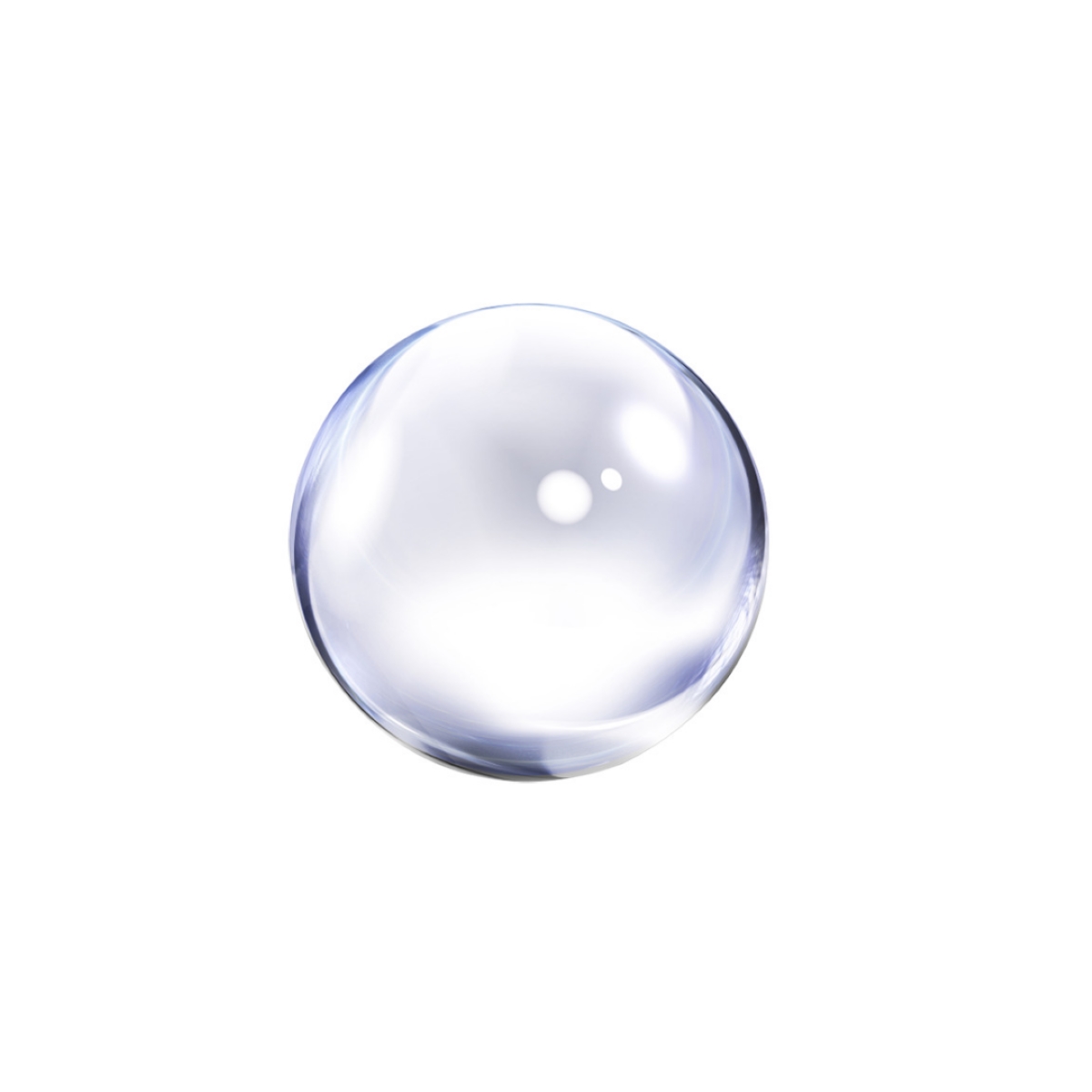
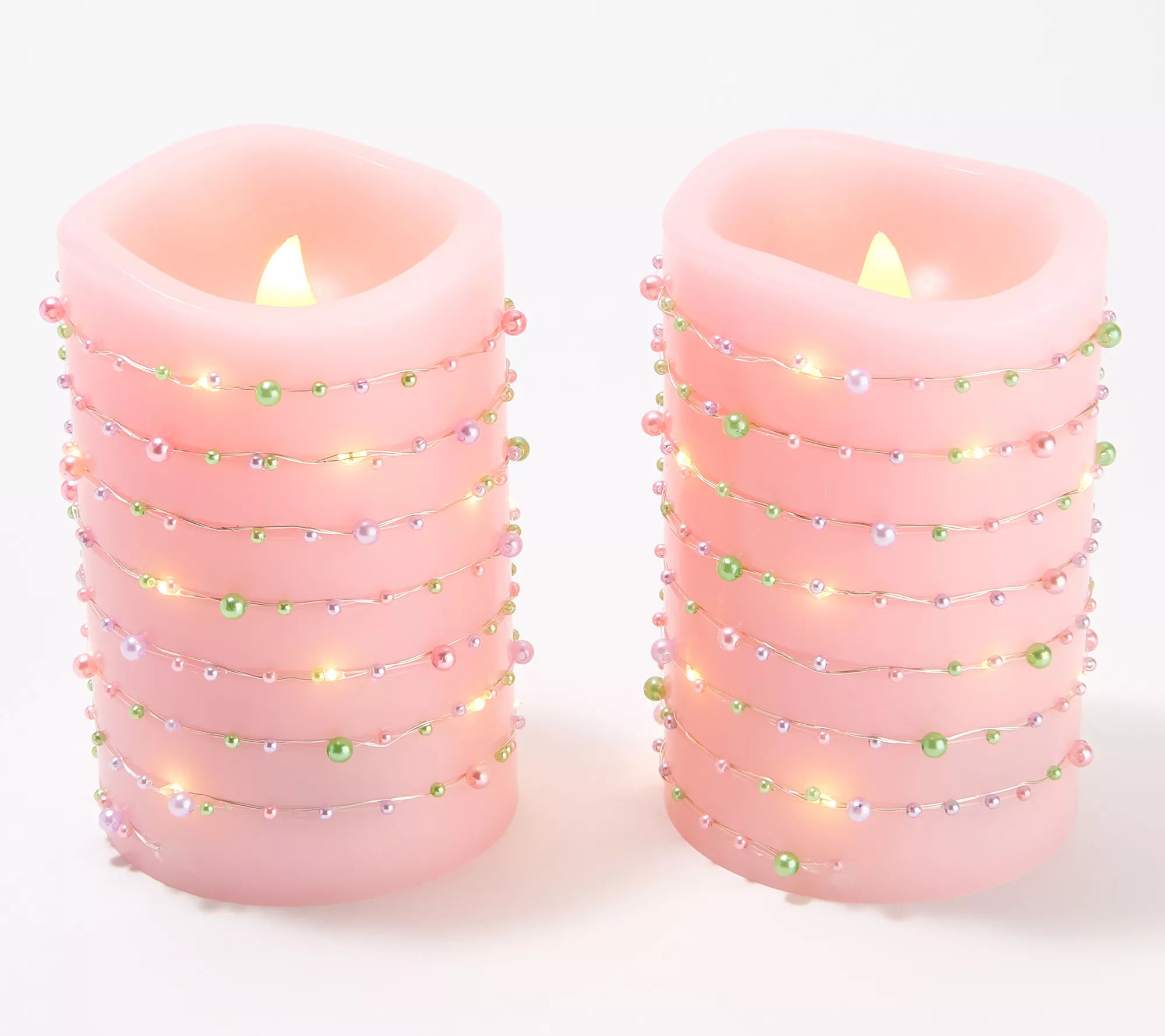
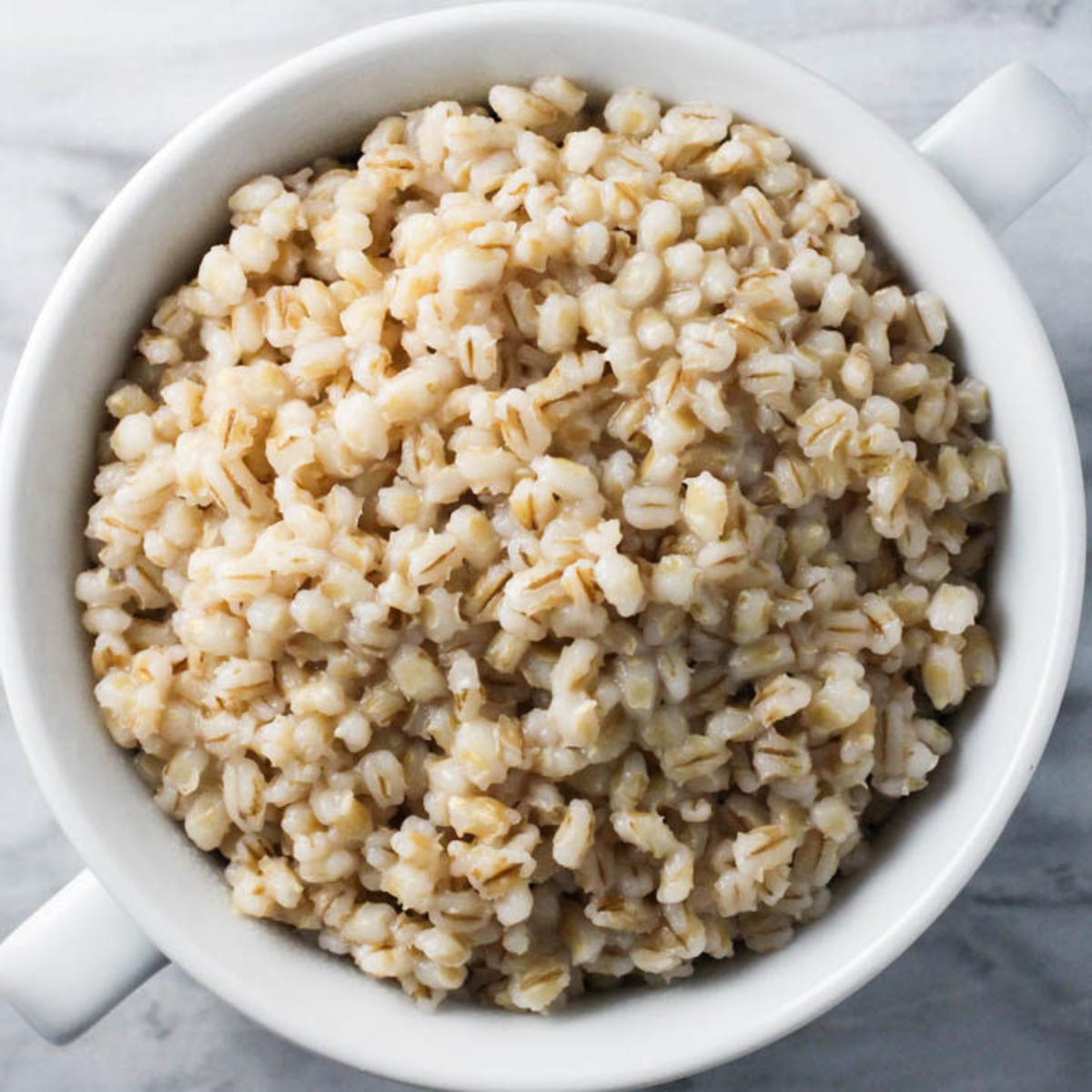
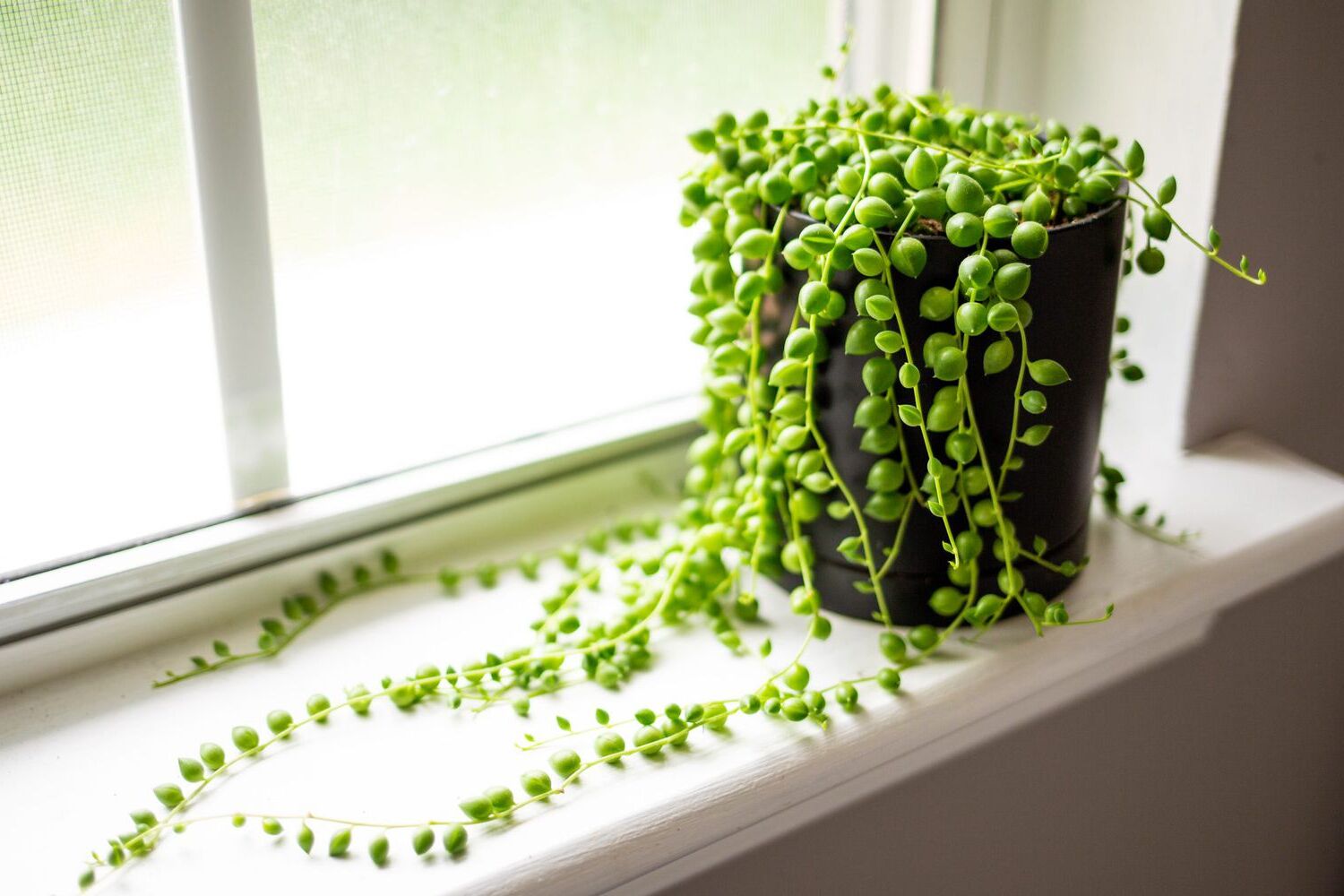
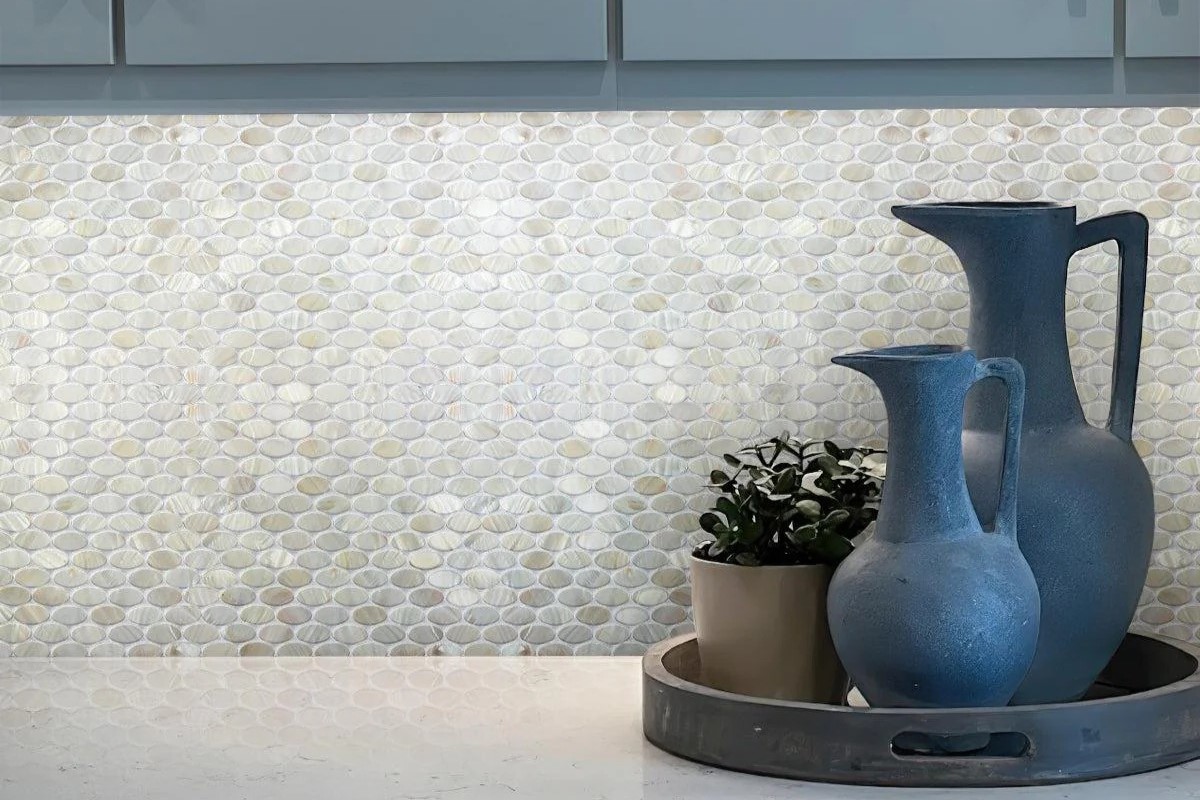
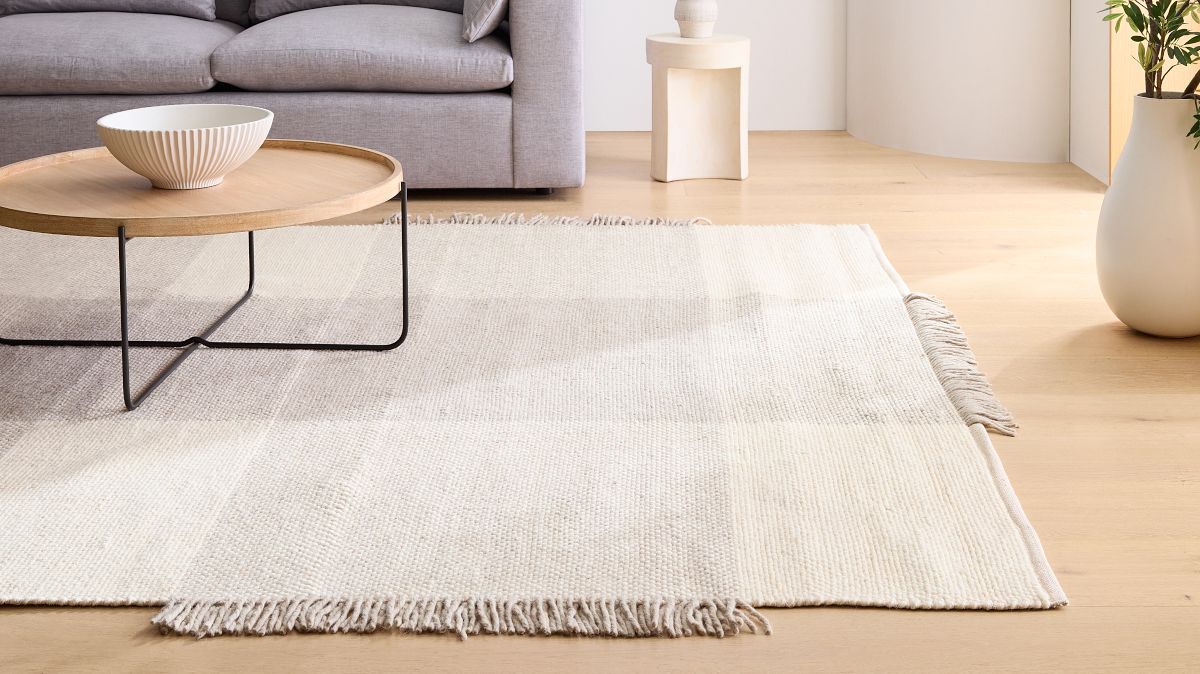


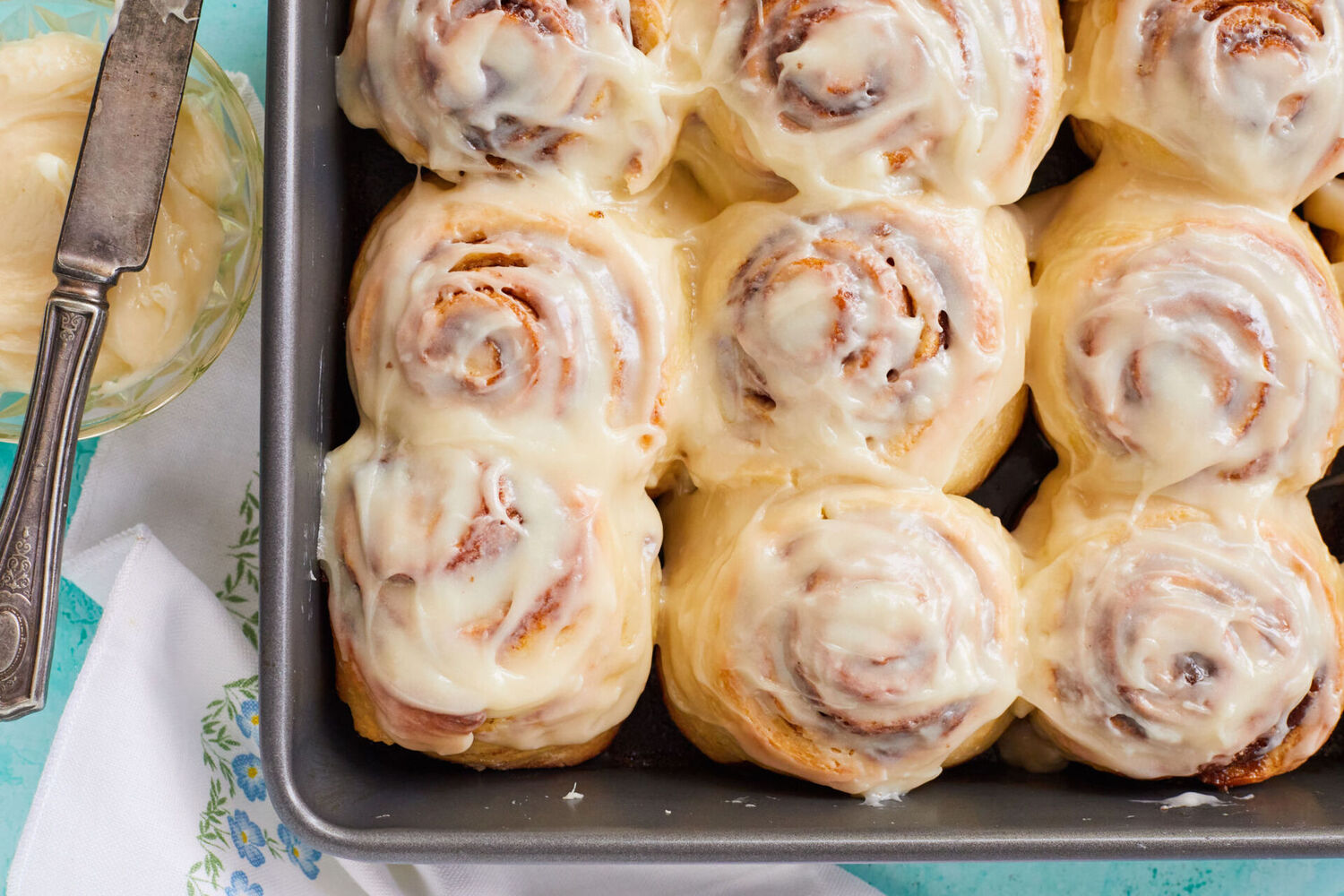
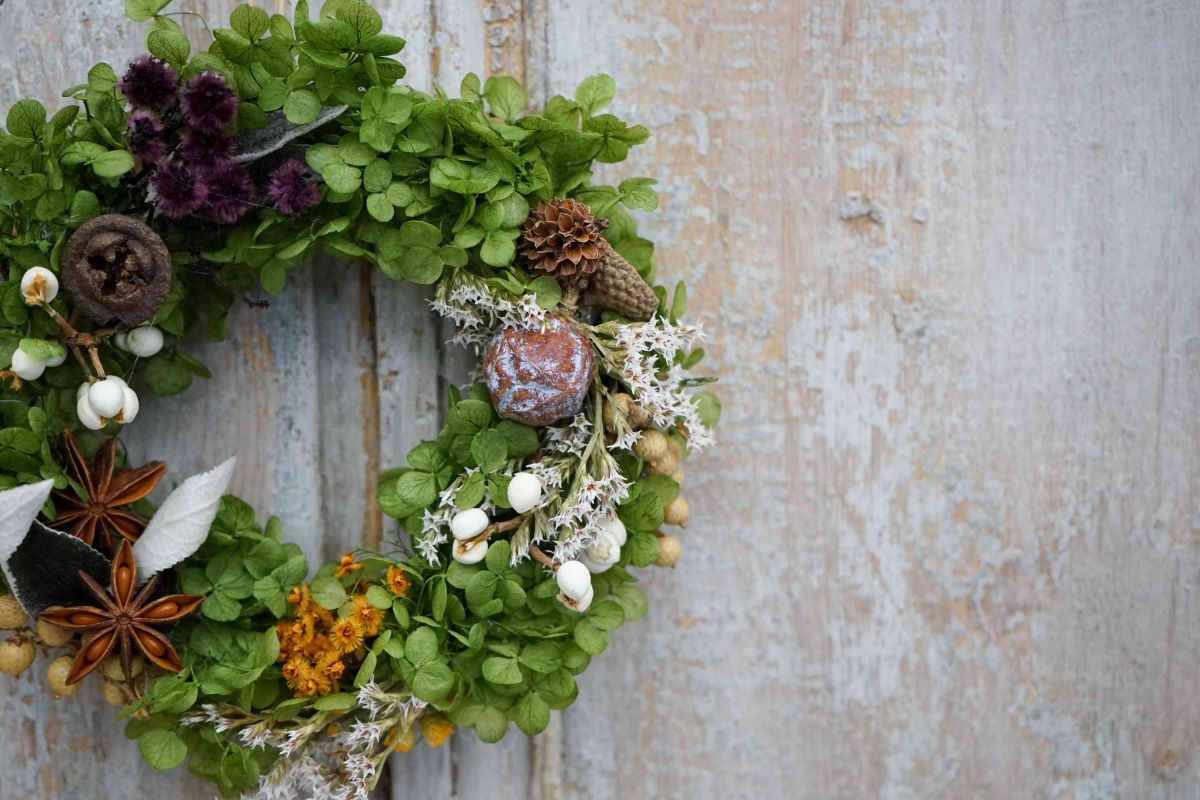


0 thoughts on “How To Store Pearls”